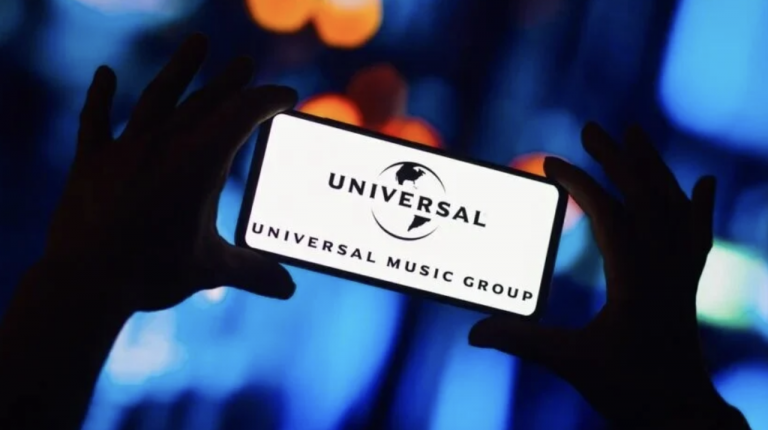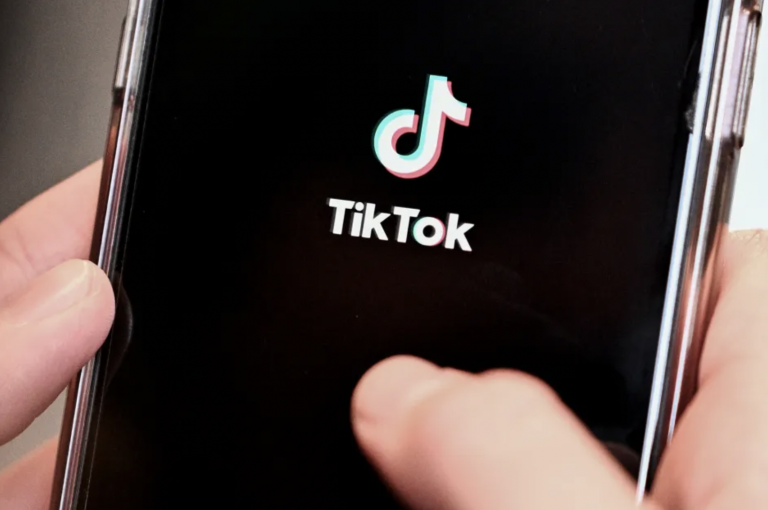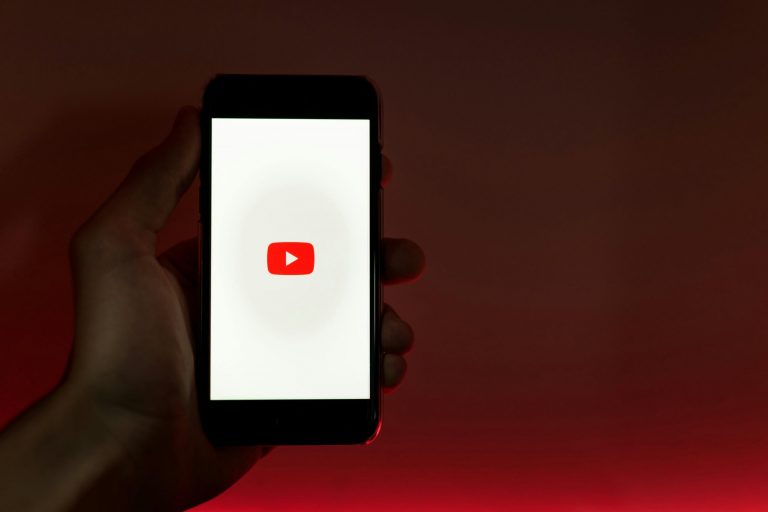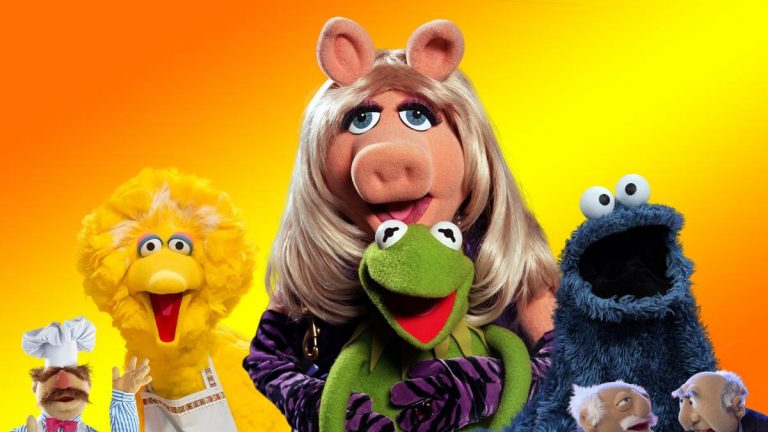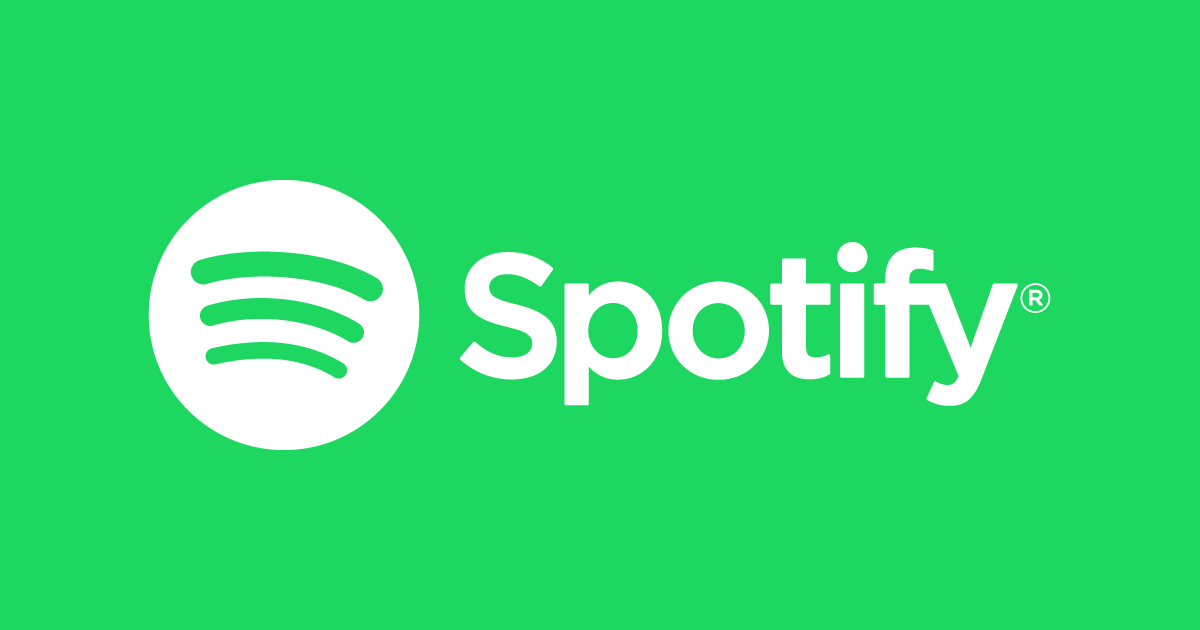
CC BY 4.0
Spotify has made headlines with a new patent that could reshape how listeners engage with music. The company has secured protections for technology that automatically generates personalized mashups, blending vocals and instrumentals from different tracks. This innovation highlights Spotify’s push to make music more interactive and tailored to individual tastes.
How Mashup Technology Works
The patent describes a system that evaluates tempo, key, harmonic progression, and even “acoustic feature vector distances” to determine compatibility between songs. It is not a fully automated process. Users would select a base track, then choose compatible songs to layer. They could also adjust the balance between vocals and instrumentals with a simple slider. As a result, listeners remain active participants in shaping their mashups.

In addition, the filing outlines creative features beyond sound. For example, Spotify envisions generating custom mashup titles by combining words from the original songs. It also proposes creating “personalized album art” by blending imagery associated with the combined tracks. These details suggest the experience would extend beyond audio, offering a complete package of personalization.
Balancing Innovation & Copyright
The company has emphasized that copyright remains central to its plans. A spokesperson explained: “As we have made clear, we respect copyright and any future innovations will be enabled with upfront agreements, artists’ and rightsholders’ choice, and fair compensation.” This underscores Spotify’s intent to balance innovation with responsibility. Furthermore, the company clarified that the mashup patent is “unrelated to last week’s announcement” about developing “artist-first” AI products with Sony Music Entertainment, Universal Music Group, Warner Music Group, Merlin, and Believe.
Spotify’s history of patent activity shows a consistent focus on personalization. In recent years, it has filed patents for predicting breaking artists, identifying music tastes through personality traits, and creating digital mixtapes. Therefore, this mashup technology fits neatly into its broader strategy of deepening user engagement.
In summary, Spotify’s mashup patent points toward a future where playlists evolve into interactive creations. By combining advanced audio processing with user control, the company is positioning itself at the forefront of music innovation. Whether or not this feature becomes widely available, it signals a shift toward deeper personalization—where fans don’t just listen to music, they help shape it.

